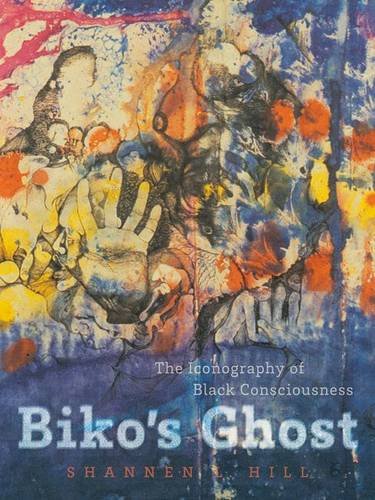

Most ebook files are in PDF format, so you can easily read them using various software such as Foxit Reader or directly on the Google Chrome browser.
Some ebook files are released by publishers in other formats such as .awz, .mobi, .epub, .fb2, etc. You may need to install specific software to read these formats on mobile/PC, such as Calibre.
Please read the tutorial at this link: https://ebookbell.com/faq
We offer FREE conversion to the popular formats you request; however, this may take some time. Therefore, right after payment, please email us, and we will try to provide the service as quickly as possible.
For some exceptional file formats or broken links (if any), please refrain from opening any disputes. Instead, email us first, and we will try to assist within a maximum of 6 hours.
EbookBell Team

5.0
28 reviews“When you say, ‘Black is Beautiful,’ what in fact you are saying . . . is: Man, you are okay as you are; begin to look upon yourself as a human being.” With such statements, Stephen Biko became the voice of Black Consciousness. And with Biko’s brutal death in the custody of the South African police, he became a martyr, an enduring symbol of the horrors of apartheid. Through the lens of visual culture, Biko’s Ghost reveals how the man and the ideology he promoted have profoundly influenced liberation politics and race discourse—in South Africa and around the globe—ever since.
Tracing the linked histories of Black Consciousness and its most famous proponent, Biko’s Ghost explores the concepts of unity, ancestry, and action that lie at the heart of the ideology and the man. It challenges the dominant historical view of Black Consciousness as ineffectual or racially exclusive, suppressed on the one side by the apartheid regime and on the other by the African National Congress.
Engaging theories of trauma and representation, and icon and ideology, Shannen L. Hill considers the martyred Biko as an embattled icon, his image portrayals assuming different shapes and political meanings in different hands. So, too, does she illuminate how Black Consciousness worked behind the scenes throughout the 1980s, a decade of heightened popular unrest and state censorship. She shows how—in streams of imagery that continue to multiply nearly forty years on—Biko’s visage and the ongoing life of Black Consciousness served as instruments through which artists could combat the abuses of apartheid and unsettle the “rainbow nation” that followed.